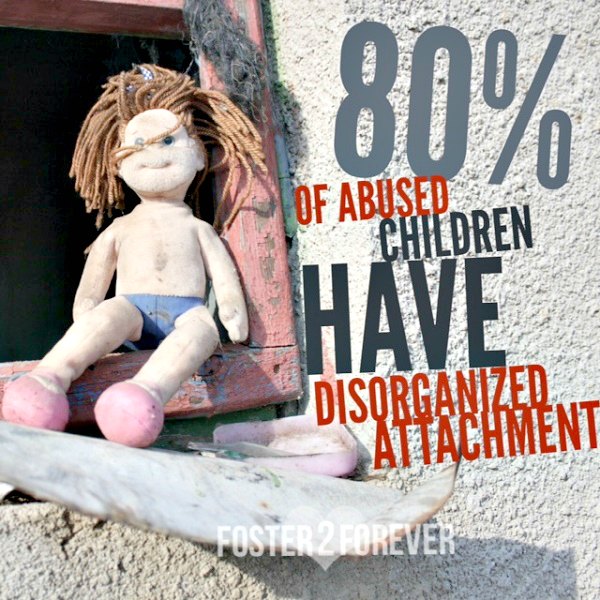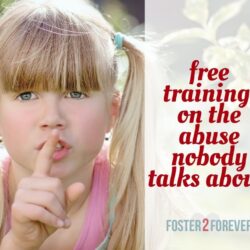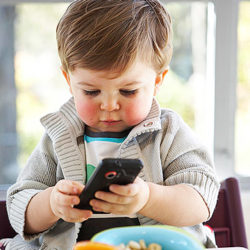Before becoming a parent, a person should understand the four attachment parenting types. Specifically, foster parents should study the disorganized attachment style. Why? Because 80% of abused children come from a home with a disorganized attachment style – an attachment based on FEAR. (Parenting from the Inside Out by Dan Siegel)
How is Disorganized Attachment Developed?
- Caregiver is frightening, dangerous, or causes terror
- Child needs the caregiver for survival but is terrified of the caregiver
- Child cannot find a solution which results in disorganized attachment
Characteristics of Disorganized Attachment Style
- Significant difficulty with behavior, emotions, attention, and relationships
- Attempts to control their caregiver in order to make them more predictable
- Prone to dissociation from relationships
I recently attended a workshop on Attachment and the Circle of Security — which simplified the disorganized attachment style down to 3 things parents do to disorganize attachment in their children.
MEAN, WEAK, or GONE!
Is the parent MEAN?
The very person a child has to rely on for safety or care causes fear in the child. That’s pretty much a given for physical abuse of the children that come into foster care. But it doesn’t have to be physical abuse. Harassing or humiliating a child is a subtle form of abuse that causes emotional problems for a child needing to feel secure. A child can become disorganized in their attachment.
Is the parent WEAK?
A weak, permissive, or not-in-charge parent can surprisingly cause a chaotic, disorganized family structure. When a child “rules the roost,” the entire family suffers. There is such a fine line from being permissive and giving a child a voice. Honestly, this is the struggle in our own family as we parent our traumatized, strong-willed child. Parents much be in charge, but in a kind way.
Is the parent GONE?
If a parent isn’t around and a child has to take care of themselves, the child loses any sense of security, and the family can become disorganized. Note that a parent doesn’t have to be physically gone. A parent that is spaced out using drugs is not present in the child’s life, even if they are sitting in the same room with the child. As a child of an alcoholic, I experienced feelings of aloneness and took up the role of caregiver in my family as a young teen. But even a parent that doesn’t use drugs or alcohol can be “gone” if they are preoccupied with other things in their life – examples include watching TV, electronics, video games, or online a lot of the time and not engaging with the child. A child needs to feel a connection with their parent in that their emotional needs of feeling important are met.
Parenting children with disorganized attachment is a challenge not to be taken lightly. But by learning a variety of parenting techniques that encourage attachment, a parent can help a child learn to trust and become more secure in their attachment.





